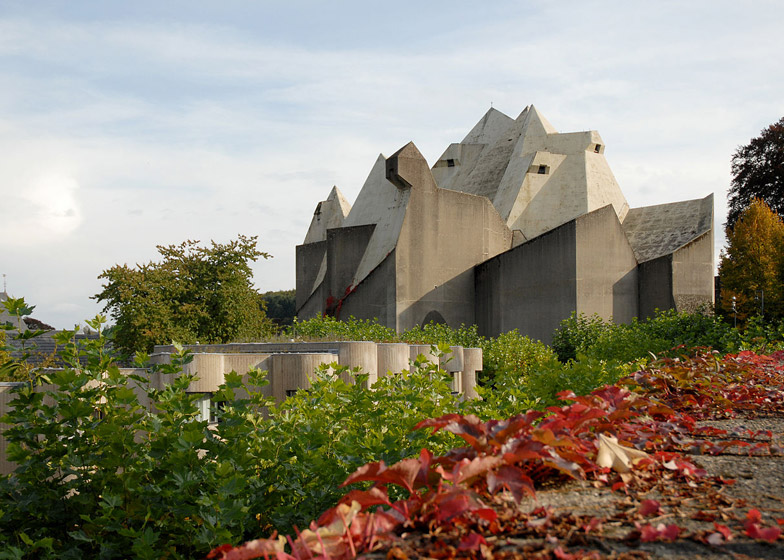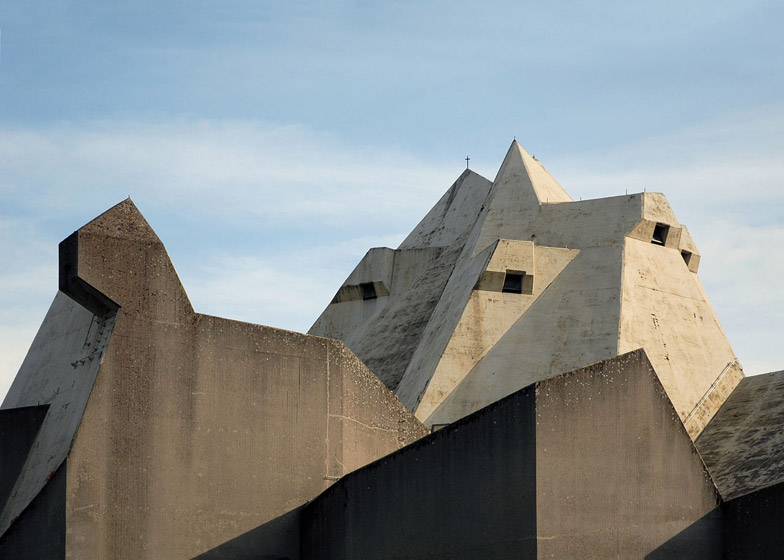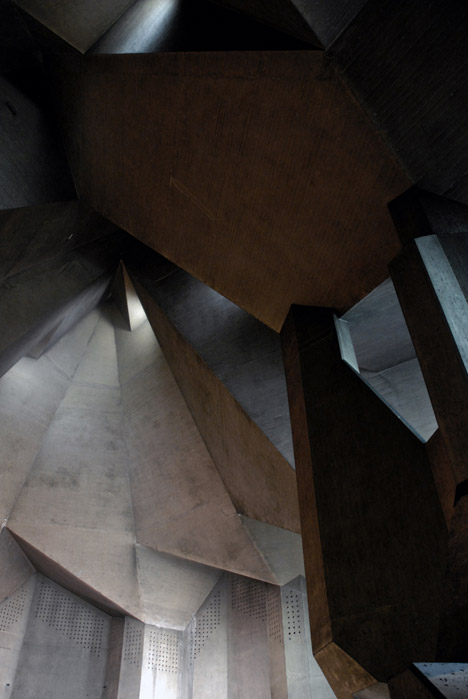INHALE is a cultural platform where artists are presented, where great projects are given credit and readers find inspiration. Think about Inhale as if it were a map: we can help you discover which are the must-see events all over the world, what is happening now in the artistic and cultural world as well as guide you through the latest designers’ products. Inhale interconnects domains that you are interested in, so that you will know all the events, places, galleries, studios that are a must-see. We have a 360 degree overview on art and culture and a passion to share.

»It’s easy to imagine that in 1968, when it was inaugurated, not everyone was happy with this giant concrete (Catholic!) church.«
The small German town of Neviges is home to about 19,000 inhabitants and a spectacular concrete structure, which looms over the narrow medieval alleys. This is the pilgrimage church called Mary, Queen of Peace, built in 1968 and designed by German architect Gottfried Böhm, which continues to hold a special place in many people’s minds – including architecture and Catholic pilgrims alike. Why did this bold expressionist building land in this small, medieval (and Protestant) town?
It all began in 1676 in the small German town of Dorsten when the Gray Friar Antonius Schirley knelt down in front of a painting of the Virgin Mary, just as he did every day. Yet on this particular day a voice suddenly spoke to him: “Bring me to Hardenberg. There I will be praised.” The voice alluded to certain healing powers, which convinced the Friar to do as he was told. He brought the Virgin Mary canvas to the newly founded Franciscan mission in the nearby town of Hardenberg-Neviges. A few years later Ferdinand von Fürstenberg, the Prince-Bishop of the region, fell ill nearby and traveled to the small chapel where the Virgin’s image had been placed, where he was miraculously cured. This was the birth of the Catholic pilgrimage to Neviges.
via uncubemagazine.com






























































